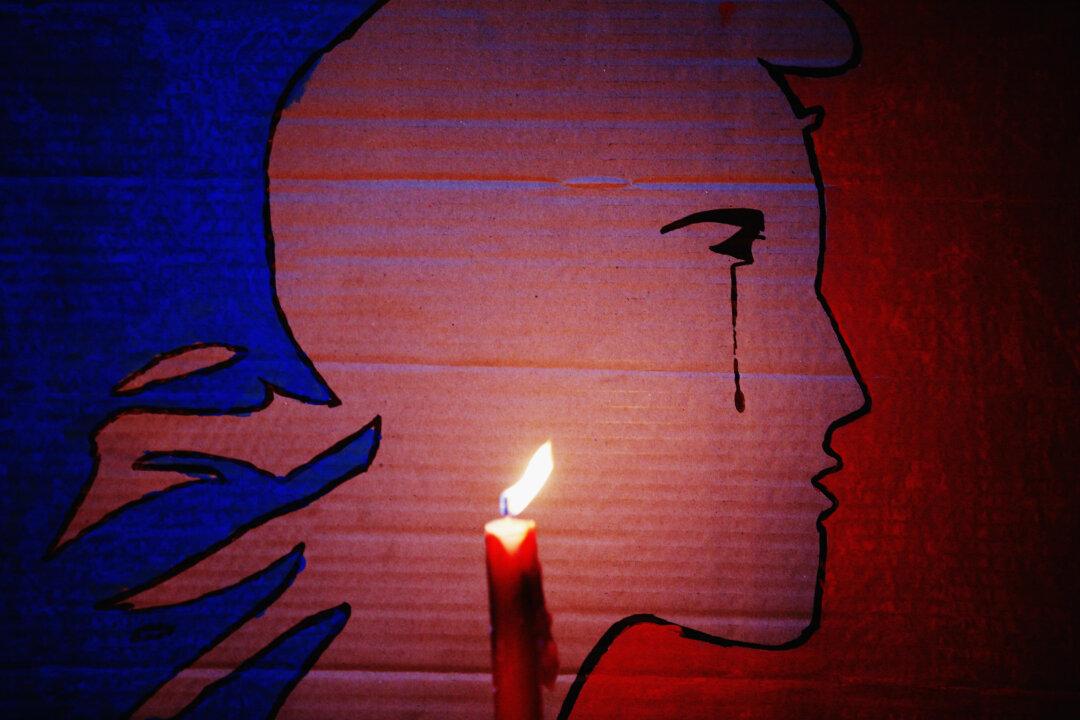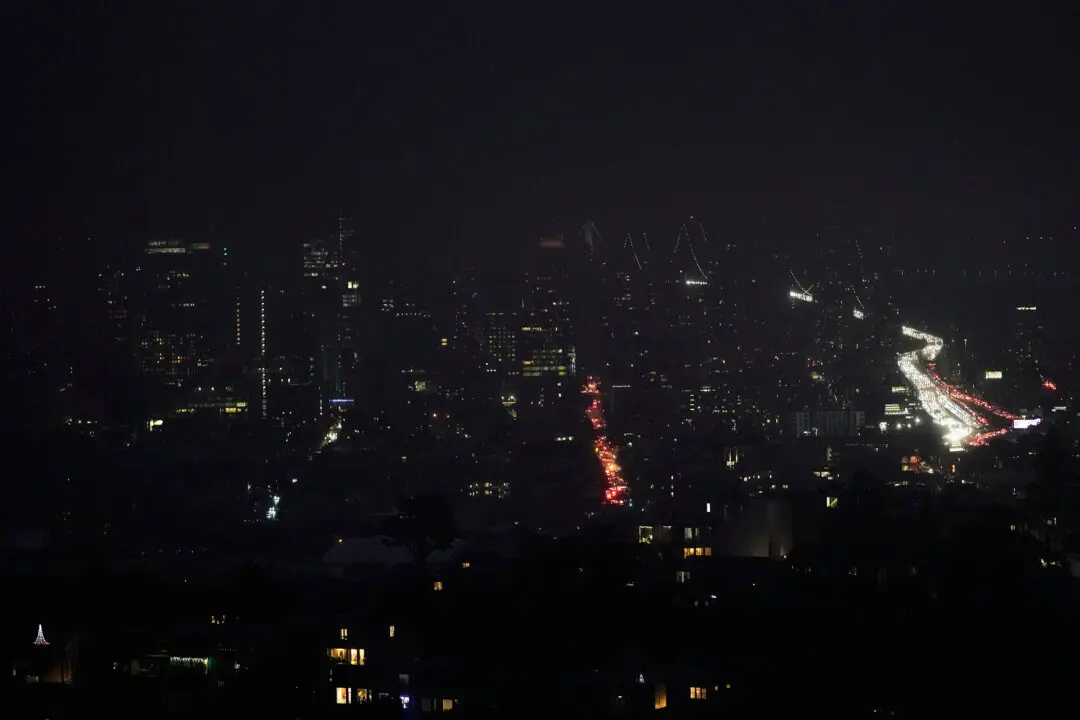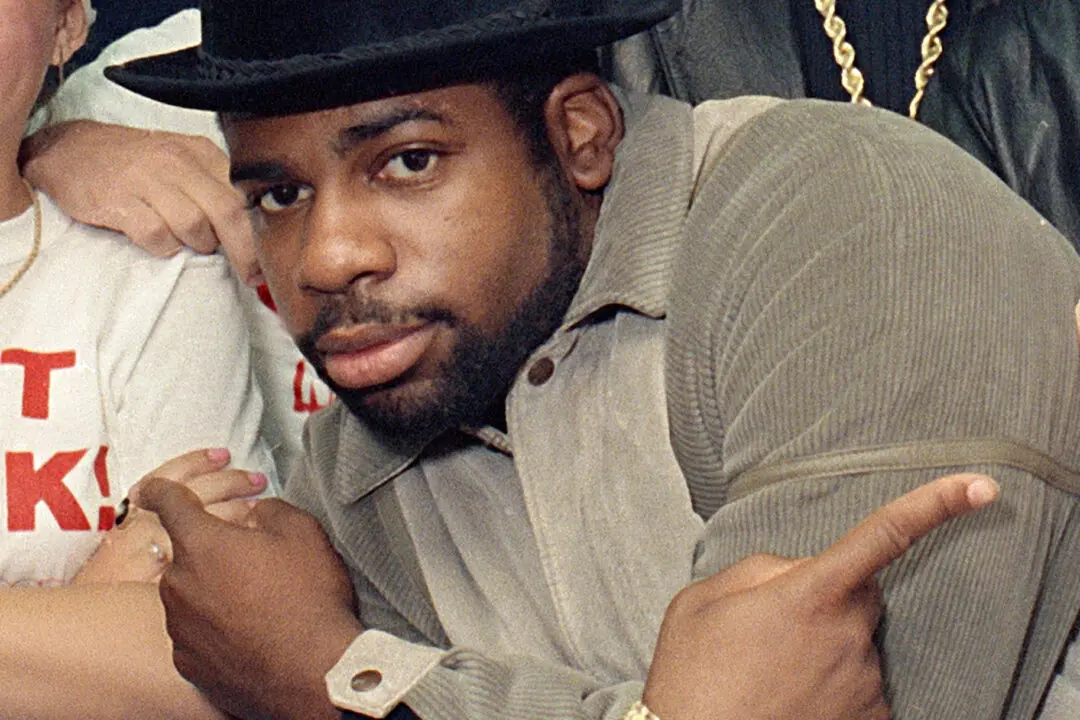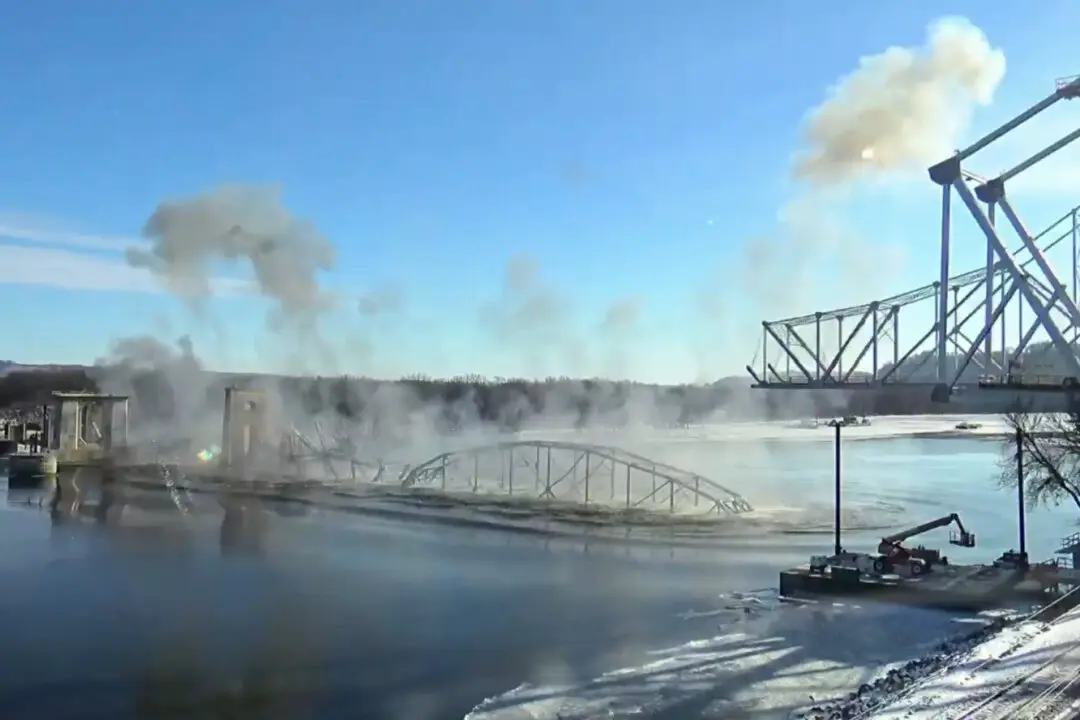SAINT-DENIS, France—The suicide bombers’ remains, clingy flecks of flesh spread in a 10-meter (11-yard) radius around where they exploded, were flushed down the drains of the city they sought to terrorize, washed away by municipal workers with detergent sprays and power hoses.
All that’s left of them now are questions.
Their explosive belts, packed with shrapnel that shattered windows and lodged in walls, were designed to kill and maim.
Yet instead of detonating inside the national stadium packed with 79,000 people watching France beat Germany at soccer, they detonated on less crowded streets outside, during the match, including one in a lonely dead end street 500 meters (546 yards) away.
Clearly, the casualty count of just one bystander killed and several dozen injured in three explosions outside the Stade de France could have been far worse.






